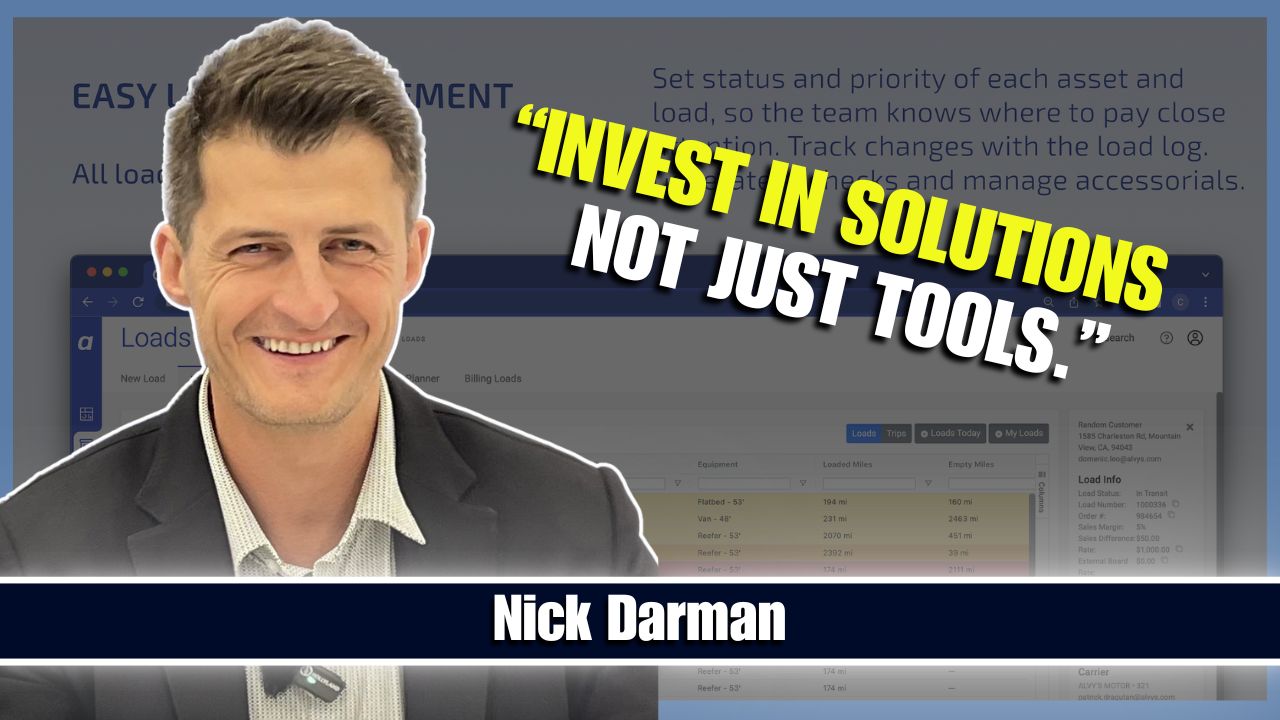What set Steve apart wasn’t luck or a windfall investment; it was consistency, curiosity, and community. He leaned heavily on advice from seasoned drivers and dispatchers, researched through resources like the American Transportation Institute, and took advantage of adult education programs that offered insight into small business finance and logistics management.
Fast-forward to today, and Steve owns and operates a profitable freight company, known for its reliability, professionalism, and efficient service. This article maps out the essential steps he took, offering a practical guide for those in the trucking industry ready to take the next step, from CDL to CEO, from truck driver to business owner.
From Behind the Wheel to Business Vision
Steve began his career with a commercial trucking license, hauling regional loads for mid-sized carriers. Over years of truck driving, he became familiar with routing, fuel costs, safety compliance, and customer service. But beyond the road, he noticed operational inefficiencies and saw room for improvement. This sparked a desire to move into freight company ownership.
Gaining Experience and Perspective
To shift from a truck driver to business owner, Steve invested time in learning the freight industry from every angle. He built relationships with dispatchers, fleet managers, and brokers. He kept detailed notes on costs per mile, profit margins, and operational delays. These early lessons gave him insights that became critical when launching his trucking company startup.
Building a Transportation Business Plan
No logistics entrepreneur should skip the planning phase. Steve developed a transportation business plan that included financial projections, startup costs, equipment needs, insurance, and staffing strategies. He studied successful models in freight dispatching business operations and compared lease vs. purchase options for his first box truck business.
He used resources like the American Transportation Institute for industry data, and leveraged adult education programs and colleges offering online courses to strengthen his understanding of business ownership.
Funding the Dream: Trucking Company Financing
Securing capital is one of the biggest hurdles for those moving from CDL to CEO. Steve explored trucking company financing through small business lenders, applied for an EIN online, and looked into state-specific grants. He also found that applying for a small business grant could offset early costs.
A disciplined budget was essential. Steve calculated fuel costs, insurance premiums (liability and cargo), maintenance, and load board fees, including platforms like Amazon Relay Load Board.
Laying the Legal and Operational Groundwork
To start a trucking company, Steve registered his business, chose an LLC structure, and obtained his USDOT and MC number. These legal steps laid the foundation for reliable freight brokerage relationships and helped build his credibility in an industry wary of unreliable carriers.
Insurance coverage was key. Steve worked with providers specializing in commercial trucking to ensure he had cargo insurance, liability insurance, and protection tailored to freight business management.
Choosing a Freight Niche and Expanding
Steve started small with one truck and a focus on local, expedited deliveries. He found his niche in same-day shipping for e-commerce warehouses. Over time, his independent trucking business grew, and he was able to expand trucking operations by hiring other drivers and purchasing additional vehicles.
He prioritized safety scores and reputation management to establish trust with brokers and shippers. To keep his cost per mile low, Steve used fleet management software to track fuel usage, maintenance, and routing efficiency.
Utilizing Technology and Dispatch Services
Technology played a huge role in streamlining Steve’s trucking business. From load sourcing to route planning, platforms like Amazon Relay Load and dispatch service tools helped him reduce downtime and grow revenue.
Steve also evaluated dispatch service risks, ultimately deciding to manage dispatching in-house for better control over customer relationships and margins.
From Owner-Operator to Full Freight Company Ownership
The transition from an owner-operator career path to full-scale freight company ownership required leadership skills, hiring knowledge, and scaling strategies. Steve took advantage of truck driving career advancement programs to upskill his team, focusing on retention and driver satisfaction.
He incorporated freight brokerage capabilities and began subcontracting overflow freight to other carriers. This diversification led to increased trucking company profits and business growth.
Seasonal Trends and Financial Realities
What is the slowest month in trucking?
January is typically the slowest month in trucking due to post-holiday drops in freight demand. This lull affects most segments of the industry, including spot markets and contracted freight. For Steve, understanding seasonal cycles early on helped him avoid the common cash flow traps many new business owners face. He prepared by adjusting pricing structures, negotiating longer-term contracts, and reducing discretionary spending. Steve also took this time to re-evaluate his transportation business plan and fine-tune his operations to improve efficiency during slower months.
What truck drivers make $300,000 a year?
While rare, top-performing owner-operators or small fleet owners hauling high-value or specialized freight, such as hazardous materials, government contracts, or time-sensitive medical loads can make $300,000 or more annually. These roles demand significant upfront investment, strict compliance with safety regulations, and efficient freight business management. Steve emphasizes that gross revenue doesn’t equal profit. Operating expenses, maintenance, insurance, and dispatch costs can eat away at those top-line numbers. He advises fellow truck drivers to track their cost per mile religiously and focus on long-term profitability over flashy revenue figures.
How much can a trucking company owner make?
Trucking company profits vary widely based on scale, specialization, market conditions, and operational discipline. On average, a small fleet owner might net between $50,000 and $150,000 annually, though some with strong contracts and lean operations can earn more. Steve chose to reinvest much of his early profits into upgrading equipment, hiring experienced drivers, and expanding his services to include freight brokerage. His disciplined approach to growth positioned him for long-term trucking industry success and helped him stand out in a competitive field.
Ready to Start or Grow Your Trucking Career?
You’ve seen the roadmap. Now it’s your move. Whether you’re ready to launch your first truck or expand into full freight company ownership, don’t go it alone. Start your transition today with expert guidance and the right support.



